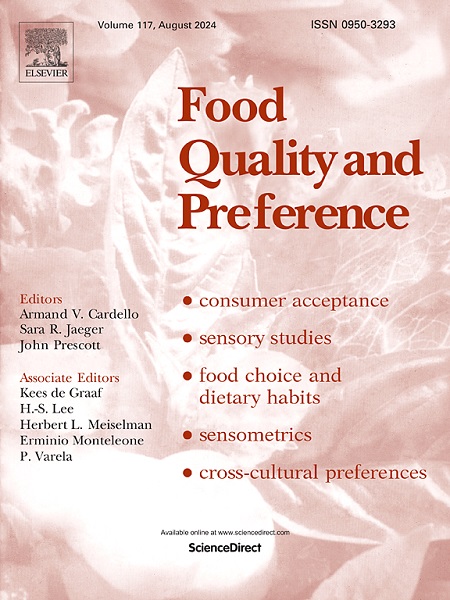Identification and profiling of socioeconomic and health characteristics associated with consumer food purchasing behaviours using machine learning
IF 4.9
1区 农林科学
Q1 FOOD SCIENCE & TECHNOLOGY
引用次数: 0
Abstract
Food systems and food-related policies influence food consumption, dietary patterns, and human and environmental health. Consumers play a vital role in enhancing health and sustainability through their purchasing choices. To identify and cluster food purchasing behaviours and map relationships, a cross-sectional survey was conducted across Ireland with a sample size of 957 adults. Two-step cluster analysis, generalised linear models, and recursive partitioning and regression trees were used to elucidate adherence to identified food purchasing behavioural clusters. Three clusters (‘food quality’, ‘taste’, and ‘price’) were identified based on food purchasing priorities and statistically categorised. ‘Food quality’ members were significantly less likely categorically obese (OR = 0.32) and more likely to have a postgraduate degree (OR = 1.59–1.76). ‘Taste’ members were almost twice as likely to be classified as obese (OR = 1.96), have/had diabetes (OR = 2.24), and have secondary-level education as their highest level of attainment (OR = 1.73). ‘Price’ members had the highest mean body mass index (28.03 kg/m2), were more likely younger (25–34 years) (OR = 1.43) and were more likely to have lower annual household income (<€24,999) (OR = 1.89). Machine learning models demonstrated an increasingly efficacious fit for predicting adherence to ‘food quality’ membership (area under the curve = 0.72), with education, body mass index, meat/seafood purchase location, food retailer distance, and dietary pattern identified as major predictors. Findings emphasise the need for tailored, evidence-based policies to modify physical environments, improve economic conditions, and enhance consumer awareness to promote diets balancing nutritional quality and sustainability.
求助全文
约1分钟内获得全文
求助全文
来源期刊

Food Quality and Preference
工程技术-食品科技
CiteScore
10.40
自引率
15.10%
发文量
263
审稿时长
38 days
期刊介绍:
Food Quality and Preference is a journal devoted to sensory, consumer and behavioural research in food and non-food products. It publishes original research, critical reviews, and short communications in sensory and consumer science, and sensometrics. In addition, the journal publishes special invited issues on important timely topics and from relevant conferences. These are aimed at bridging the gap between research and application, bringing together authors and readers in consumer and market research, sensory science, sensometrics and sensory evaluation, nutrition and food choice, as well as food research, product development and sensory quality assurance. Submissions to Food Quality and Preference are limited to papers that include some form of human measurement; papers that are limited to physical/chemical measures or the routine application of sensory, consumer or econometric analysis will not be considered unless they specifically make a novel scientific contribution in line with the journal''s coverage as outlined below.
 求助内容:
求助内容: 应助结果提醒方式:
应助结果提醒方式:


